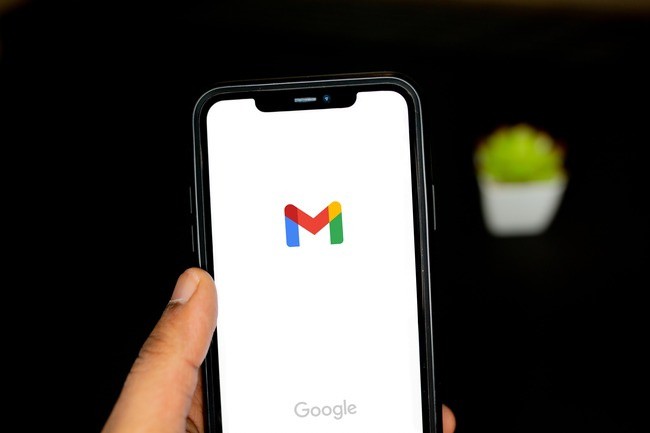
Google is simplifying the process of unsubscribing from unwanted emails in Gmail by separating the "report spam" and "unsubscribe" options. The "Unsubscribe" button, previously tucked away in the three-dot overflow menu on mobile (Android first, iOS to follow soon), has now been elevated to the conversation view, making it more accessible.
Additionally, on the web version, Gmail has enhanced the visibility of the "Unsubscribe" button and introduced it as a hover action in the inbox view, alongside options like archive and delete. These improvements aim to make managing unwanted messages more user-friendly, providing a streamlined experience for Gmail users.
Google Simplifies Options to Report Spam and Unsubscribe
Google is enhancing Gmail's email management by discontinuing the combined "Report spam & unsubscribe" button, opting for distinct "Report spam" and "Unsubscribe" options. This separation aims to prevent unintended consequences on messages users genuinely want to receive. Despite initially subscribing to emails, users often receive unwanted messages from legitimate senders.
Recent updates on the web and Android (soon on iOS) have introduced these changes to streamline the user experience. Looking ahead, Google is imposing requirements on bulk senders (those sending over 5,000 daily emails to Gmail) to implement a one-click unsubscribe feature by February.
This feature must be visible, and these senders must promptly process unsubscribe requests within two days.
Additionally, senders must authenticate emails with DKIM and SPF, implement DMARC, and adhere to a spam rate threshold of 0.3% to maintain Gmail recipients' inbox experience.
Improved Spam Detection and Updated Gmail Navigation Rail
Gmail's spam detection is significantly upgraded with Google introducing RETVec (Resilient & Efficient Text Vectorizer). This technique enhances text identification, resulting in a remarkable 38% improvement in spam detection by countering tactics like homoglyphs and invisible characters used by spammers.
RETVec, open-sourced by Google Research, proves effective for security and anti-abuse applications, offering state-of-the-art classification performance with reduced computational costs. In Gmail, RETVec enhances spam detection rates by 38%, decreases false favorable rates by 19.4%, and reduces Tensor Processing Unit usage by 83%.
The lightweight word embedding model ensures efficient performance, making it suitable for various applications, including on-device and web deployment.
Gmail is undergoing a significant interface shift on Android tablets as the navigation rail takes center stage, replacing the conventional bottom bar. Initially featured on foldable, this transformation is now widely deployed for Android tablets through a server-side update.
The updated Gmail layout resembles the Google Chat home screen design, introducing a left-aligned navigation rail hosting tabs for Gmail, Chat, Spaces, and Meet. Notably, a circular tab indicator replaces the pill-shaped highlight, offering users a clear visual cue about their current location within the app.
Unlike the previous bottom bar, the navigation rail remains visible, optimizing the viewing experience without compromising screen space. This update is gradually rolling out, with users expected to receive it on the Gmail app version 2023.11.12.x.
Keep an eye out for an enhanced Gmail experience on your Android tablet.
Related Article : Google Storage Hacks: Avoid Extra Costs With These Smart Solutions
© Copyright 2025 Mobile & Apps, All rights reserved. Do not reproduce without permission.

















